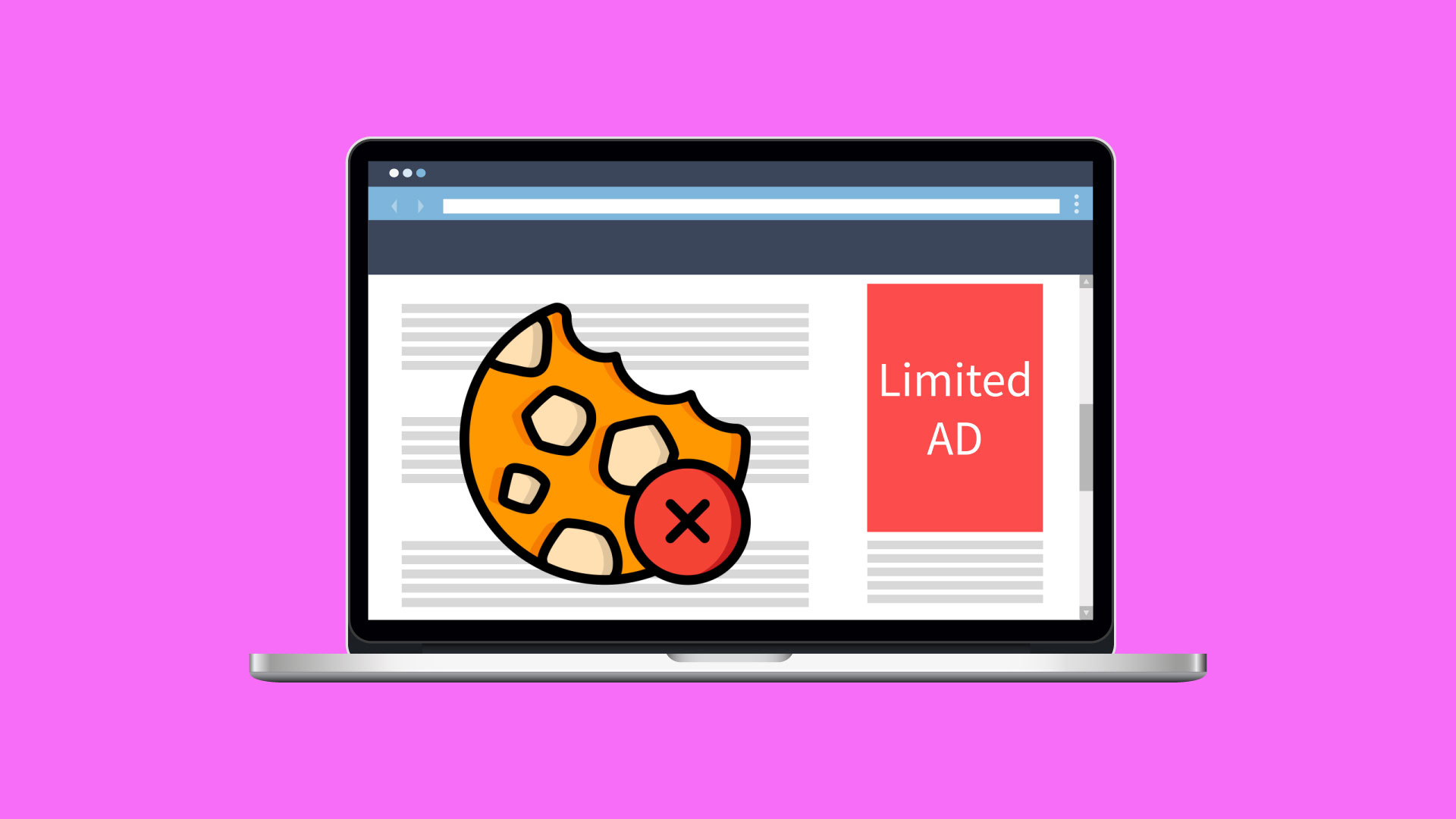Google already told publishers that they have introduced the ability to serve ads in the absence of consent for the use of cookies. At last, Limited Ads have been introduced following its integration with the updated version of IAB Europe’s Transparency and Consent Framework 2.0.
In this blog, we will discuss Google’s limited ads solution and how it is different from non-personalized ads. Let’s dive into it.
What are Google’s Limited ads?
Google introduced limited ads through which publishers can monetize their websites without the consent for the use of cookies. Cookies have long been used in the advertising industry for various purposes, which include measurement, targeting, and tracking. However, with rising public concern over data privacy, Google decided to phase out third-party cookies until 2023.
In consequence, an alternative solution was needed that does not rely on the use of cookies, that is the reason Google’s limited ads is introduced. Limited ads work in a limited way. When cookie consent is rejected, the limited ad feature gets active, and all the personalization is disabled. AdSense is not supported and continues to require cookie consent to serve ads.
Difference between limited ads and non-personalized ads
Non-personalized ads use cookies for features like ad reporting and frequency capping, while limited ads don’t use cookies and these features are not possible. Non-personalized ads are classed as non-personalized because they do not target users’ behavior to target ads.
Conclusion
By removing the cookies has affected both advertisers and publishers. Advertisers cannot accurately track, target, and measure the performance of ad campaigns. This results in a decrease in revenue for limited ads. According to the Google report published in 2019 studied that the revenue impact of removing third-party cookies in programmatic advertising. The results showed that the publishers’ revenue dropped by 52%.

